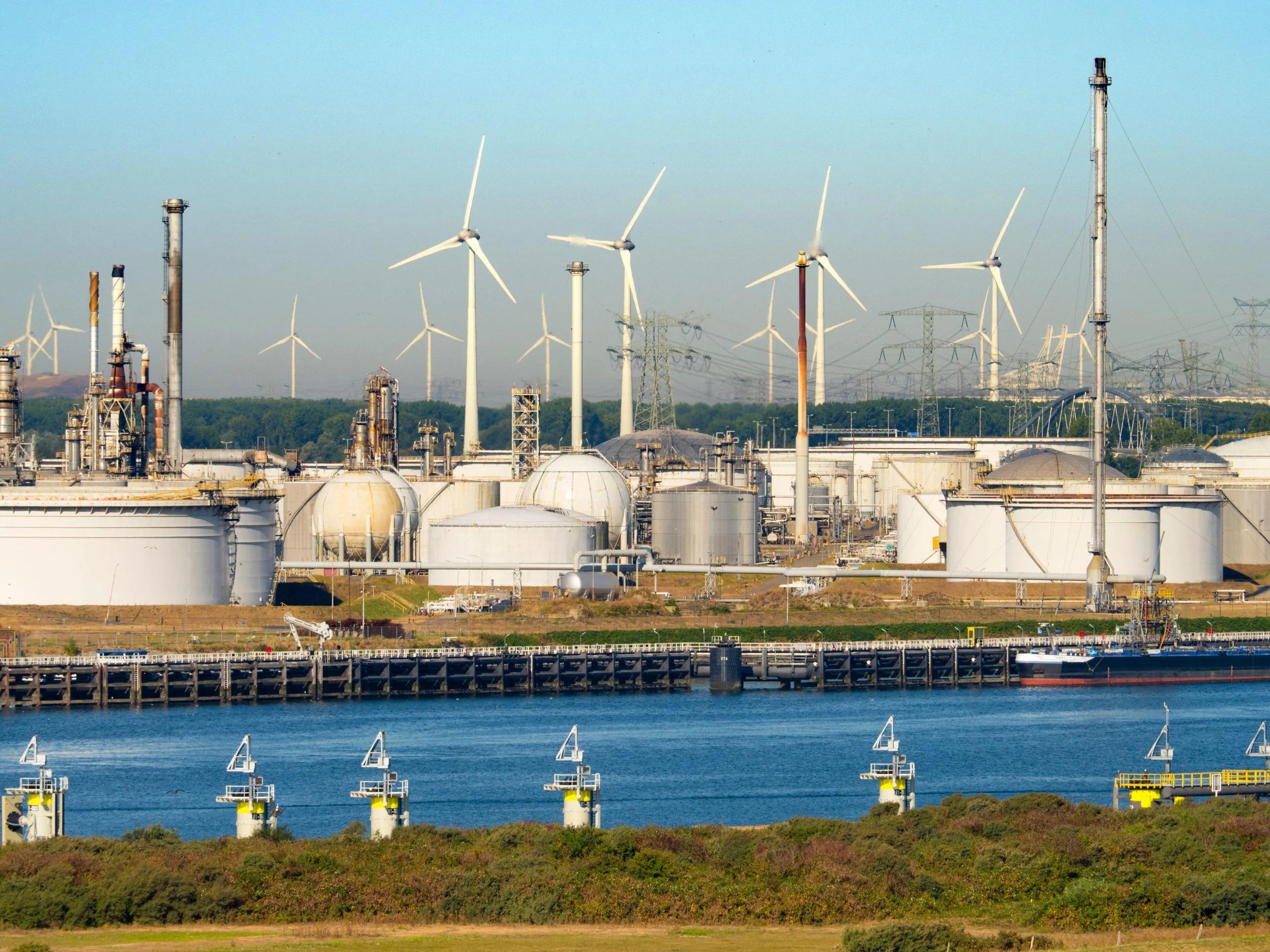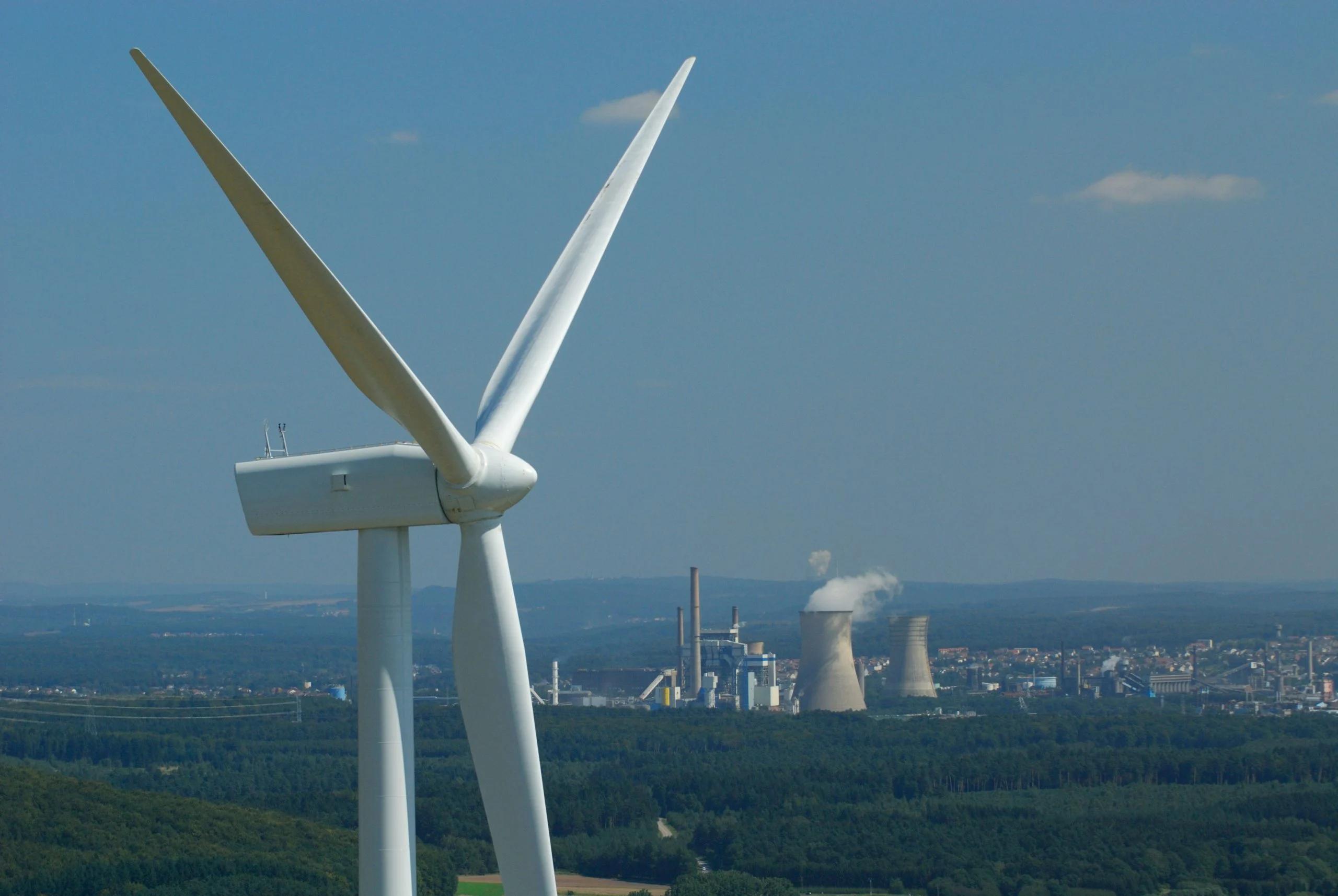Pakistan
Pakistan’s vast solar and wind potential can help tackle its ongoing energy crisis
Ponto de ancoragem: Visão geral
Destaques
47% da eletricidade do Paquistão foi gerada a partir de fontes de baixo carbono em 2024, acima da média global de 41%. Foi o 26º maior país por demanda de eletricidade.
A maior fonte de eletricidade limpa do Paquistão é Hydro (19%). Sua participação no vento e na energia solar (13%) está abaixo da média global (15%). No entanto, o PV solar doméstico viu recentemente um aumento rápido. Dados…
Pakistan relied on fossil fuels for 53% of its electricity in 2024. Its emissions per capita were well below the global average.
Pakistan’s power sector emissions grew in the last two decades due to an increase in fossil fuels to meet rising demand. However, domestic solar PV has recently seen a rapid rise.
Pakistan aims for 58% renewable electricity by 2030, which is slightly below the global share of 60% renewable electricity set out in the IEA Net Zero Emissions scenario.
Anchor point: Data
Ponto de âncora: insights
Insights mais recentes




= Renováveis impulsionam o mundo em direção a um novo ERA da generação fossil || Em energia eólica e solar em 2024
China accounted for more than half of the global increase in wind and solar power in 2024
A geração eólica e solar da Índia dobrou nos cinco anos que levam a 2024
2% of Bangladesh’s electricity was generated from low-carbon sources in 2024
Asia’s energy transition is gaining momentum; meeting electricity demand growth with clean power is now key